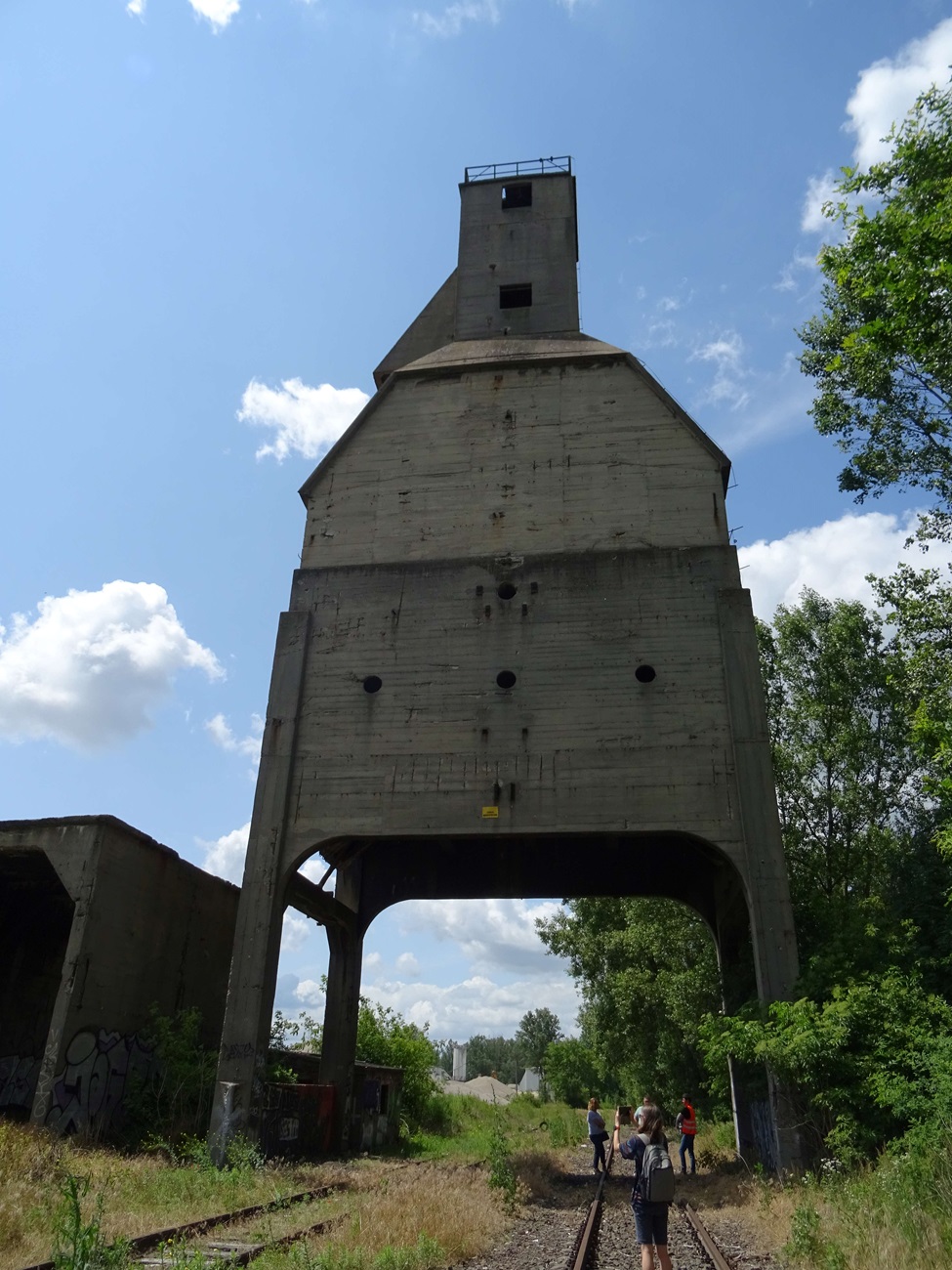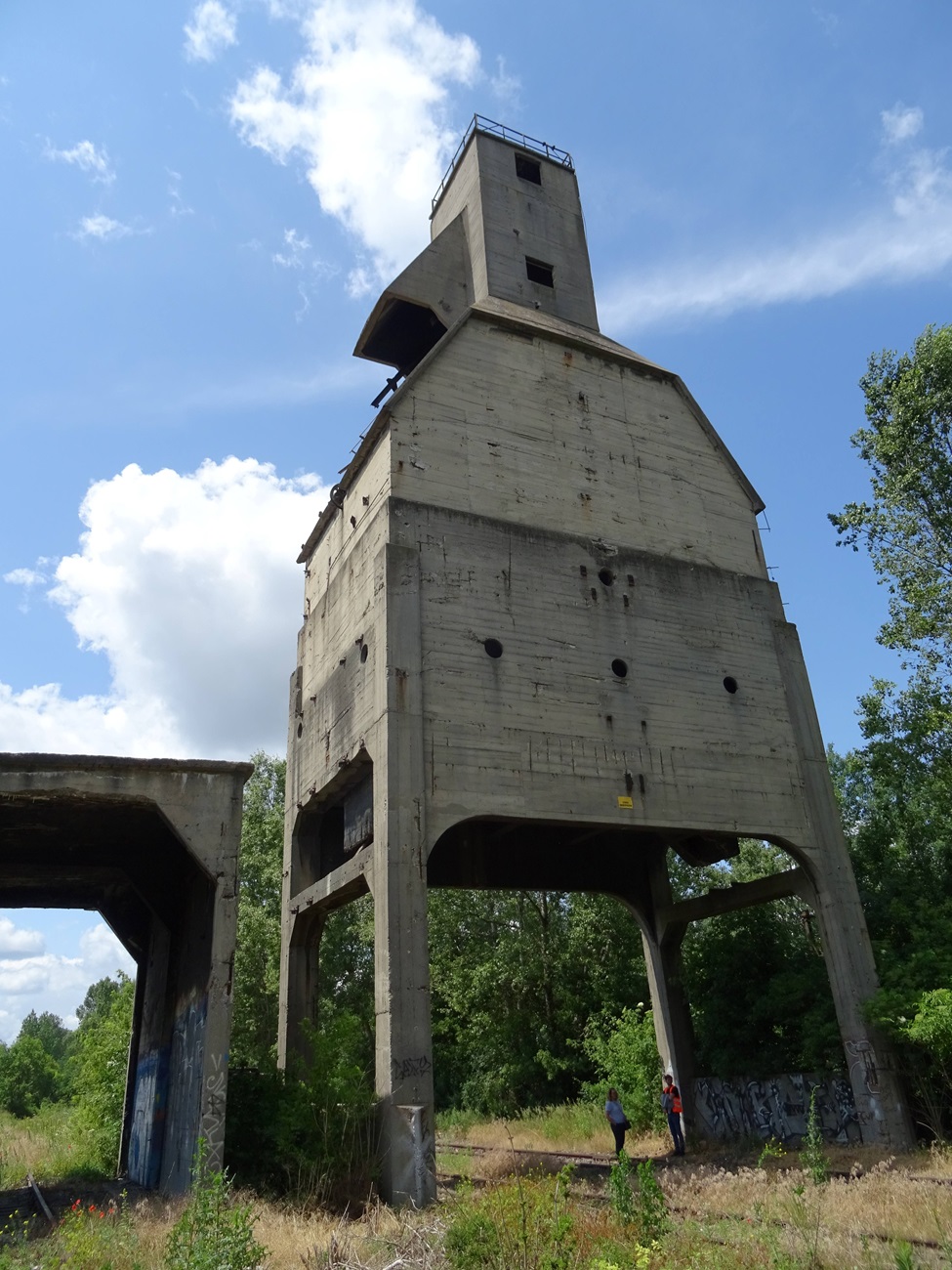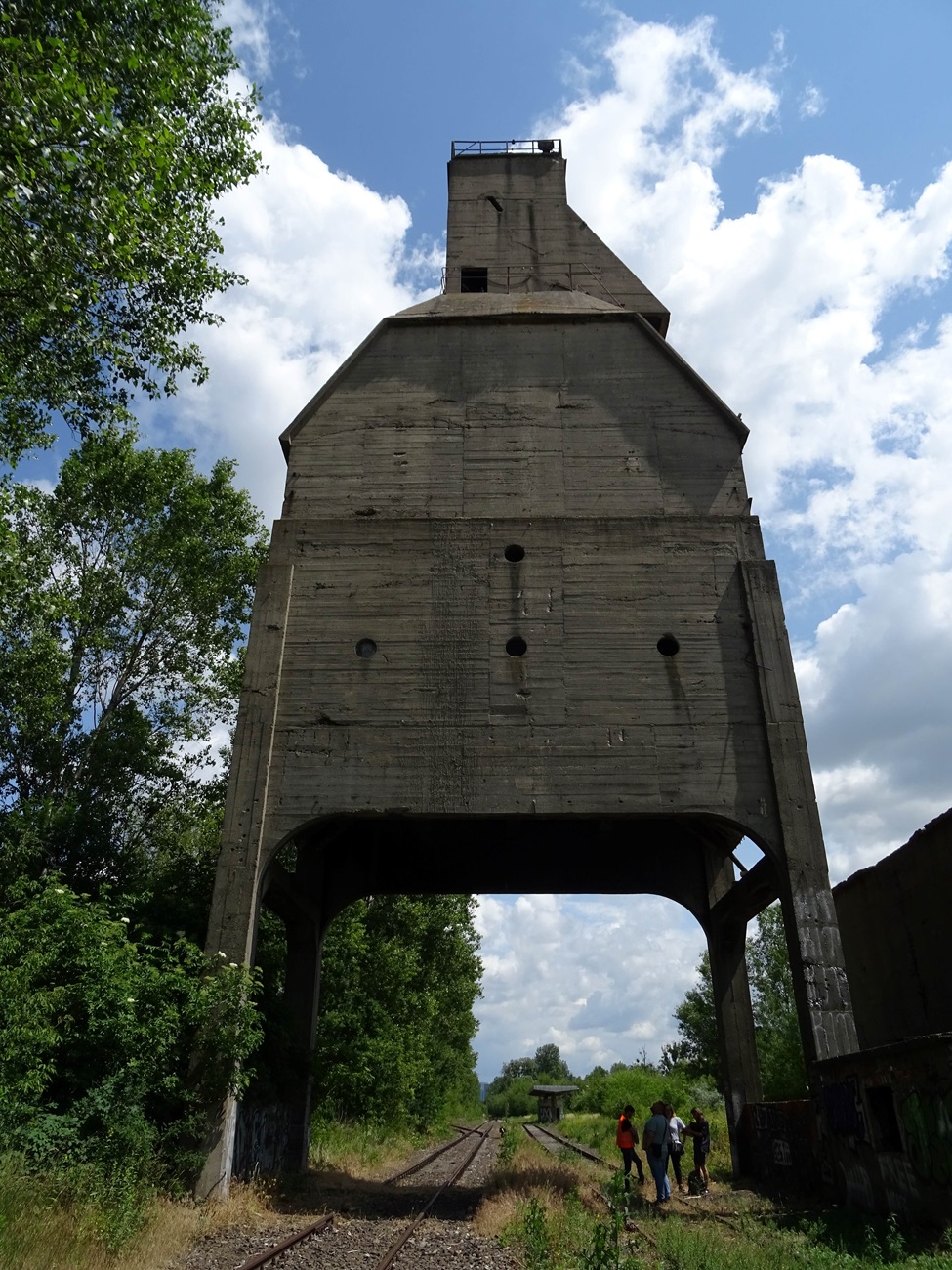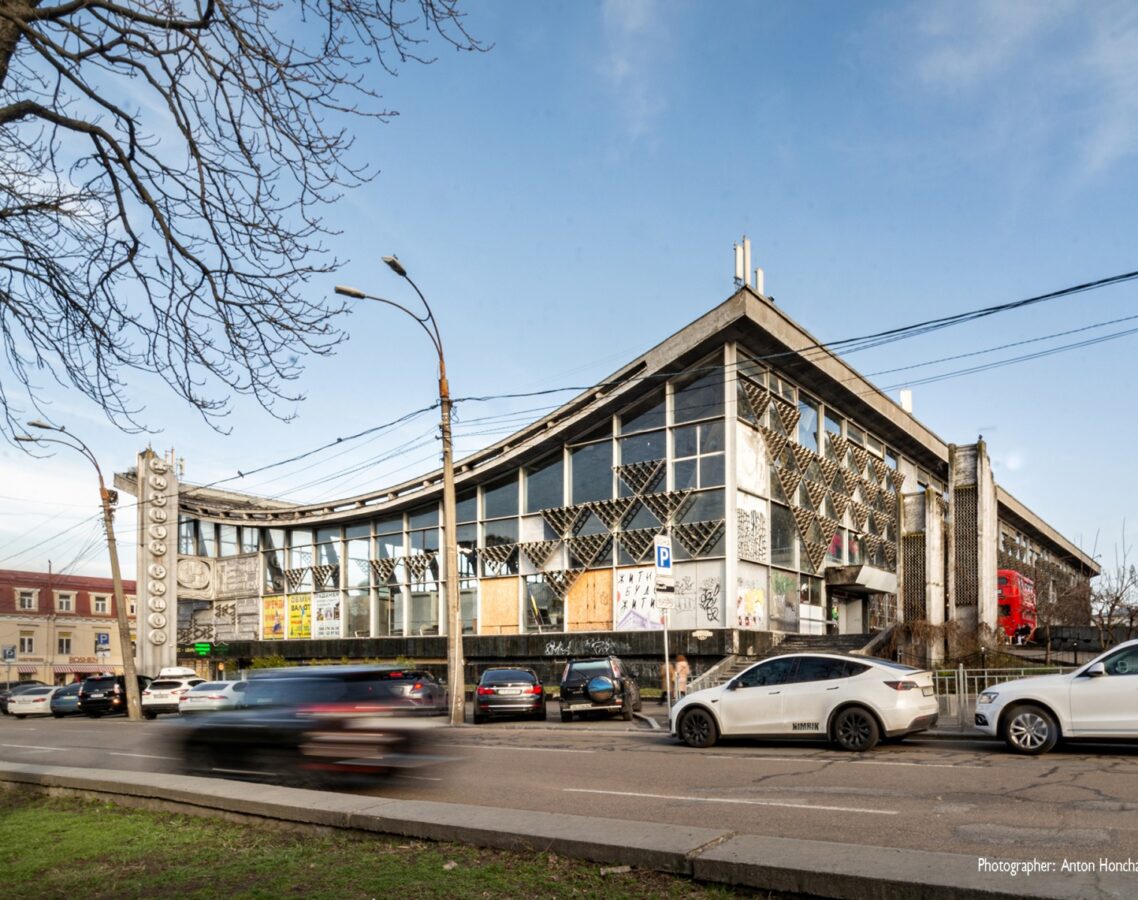This is a new monument in Warsaw. The ferroconcrete coal bunker for the carburisation of steam locomotives is located at 42 Gniewkowska St. Prof. Jakub Lewicki, the Mazovian Voivodeship Conservator of Monuments, has decided to enter the railway building into the register of immovable monuments of the Mazovian Voivodeship.
Monuments are not only palaces, magnificent buildings or beautiful townhouses. The infrastructure that surrounds us also has a chance to gain such status. Of course, this depends on individual factors. The Mazovian Voivodeship Historic Preservation Officer has noticed unique features worthy of legal protection in a railway building. It is a reinforced concrete coal bunker for the carburisation of steam locomotives.
The entry in the register of monuments is the result of an initiative by the ‘Stone and Co’ association, whose members appealed for the railway object to be protected. Such coal towers were a common feature of railway infrastructure in the ‘steam era’. They were used to dump coal onto the tender of a steam locomotive, which pulled directly behind the locomotive cab. The earliest coal towers were mainly made of wood, but were largely replaced by more durable concrete structures in the early 20th century.
Why is the Warsaw tower unique? Here we have to go back to the 1940s. At that time, the United States gave Poland the documentation along with technical equipment for highly efficient bunker facilities for the carburisation of steam locomotives. Such facilities were built at large railway junctions at the steam depots of Warsaw-Odolany, Krakow-Prokocim, Tarnowskie Góry-Las and Gdynia.
The facility was built under the supervision of Mr Szymczakowski, who was commissioned to manage the work in 1951. The equipment and technical facilities were carried by ship to Gdańsk and then transported by nine wagons to Warsaw. Construction of the hopper began on the site of the modern Warsaw-Odolany steam locomotive depot, which was under construction at the time. After acceptance tests, the engine was put into service in mid-1951.
The depot was used until the 1970s, when a diesel infrastructure was introduced at the Warsaw-Odolany locomotive depot.
In later years the bunker was kept in service for strategic reasons and for the carburisation of heating and occasional train steam locomotives. During the operation of the bunker, a metal staircase was added for easy access to the mechanisms and equipment located in its upper part, recalls Prof. Jakub Lewicki.

The 42-metre-high bunker, with a container capacity of 300 tonnes, was constructed in a reinforced concrete structure in the form of a tapering coal and sand tank with a rectangular cross-section, supported on four reinforced concrete pillars. Underneath it are laid the railway tracks onto which the steam locomotives entered for refuelling.
Historical values are contained in the monument, seen as a tangible document that bears witness to human achievements in the field of scientific, technical and industrial activity. The property is at the same time a document of the construction of the Polish railway, a relic of technology from the days of steam railways and the adaptation of its forms to the needs of a railway facility. Theartistic values reflect the attitude of the aesthetic sensitivity of the creators of technical works, which was characteristic of the subordination of form to utilitarian functions, characteristic of past eras, explains Prof. Jakub Lewicki.
The historic building is an example of innovative use of reinforced concrete construction and a valuable testimony to the development of railway engineering.
source: Mazovian Voivodeship Historic Preservation Officer
Read also: Warsaw | Monument | Railway | Interesting facts | Featured | whiteMAD on Instagram




























